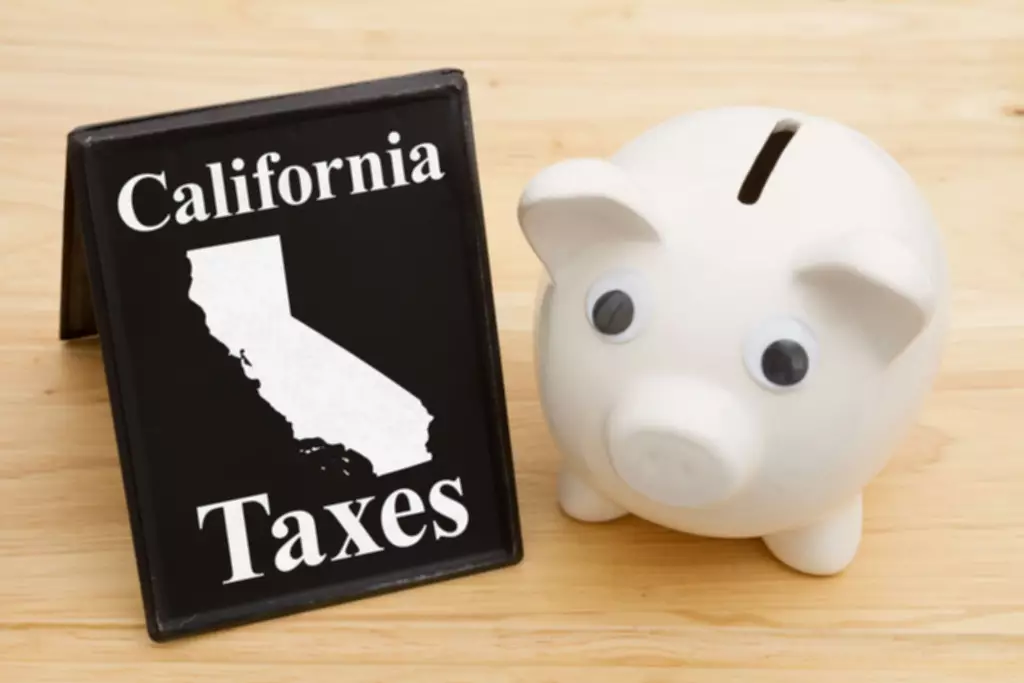Content

Once trends skew horizontally, a balance point has been reached. This point is where the company has achieved its ideal production level, balancing marginal cost with marginal revenue. The cost of creating additional units is equal to the additional revenue generated from sales. A small range of increasing marginal returns can be seen in the figure as a dip in the marginal cost curve before it starts rising. Calculating the marginal cost helps a business determine the point at which increasing the number of items produced will push the average cost up. Costs can increase when volume increases if the company needs to add equipment, move to a larger facility, or struggles to find a supplier that can provide enough materials.

Of great importance in the theory of marginal cost is the distinction between the marginal private and social costs. The marginal private cost shows the cost borne by the firm in question. It is the marginal private cost that is used by business decision https://www.bookstime.com/ makers in their profit maximization behavior. Marginal social cost is similar to private cost in that it includes the cost of private enterprise but also any other cost to parties having no direct association with purchase or sale of the product.
Theory of the Firm – Explaining Variable Costs
It stays at that low point for a period, and then starts to creep up as increased production requires spending money for more employees, equipment, and so on. Costs of production increase with more production because producing more units means buying more raw materials and/or hiring more workers. The change in cost is equal to production cost from levels of output prior to the increase in production subtracted from the cost from levels of output following the increase in production. how to calculate marginal cost While there isn’t a “higher or lower marginal cost,” there’s a point where it doesn’t make sense to produce additional units. This phase is referred to as diseconomies of scale and can cause companies to lose money if not quickly addressed. When considering an increase in production levels for a specific item, it’s essential to account for any additional costs. For example, your costs will naturally go up if you need more raw materials or additional staff to produce the product.
If you’re planning on increasing the number of products you make in each batch, you’ll need to consider how the change in quantity will affect the cost. In an equilibrium state, markets creating negative externalities of production will overproduce that good. As a result, the socially optimal production level would be lower than that observed.
Marginal revenue formula
This distance remains constant as the quantity produced, Q, increases. A change in fixed cost would be reflected by a change in the vertical distance between the SRTC and SRVC curve. Any such change would have no effect on the shape of the SRVC curve and therefore its slope MC at any point. The changing law of marginal cost is similar to the changing law of average cost. They are both decrease at first with the increase of output, then start to increase after reaching a certain scale.

Trying to understand this concept can be tricky, since the name implies two seemingly opposite things working against each other. The marginal cost is the cost it takes to produce a single item. If that cost is constant, it means that one item will cost exactly the same whether it is the first item being produced for an order or the millionth. For example, if it takes $100 US Dollars for a company to make a single item, and that remains unchanged for an entire order, the constant marginal cost is $100 USD. Marginal revenue is calculated by dividing a change in revenue by the change in the quantity of sales.
Example of marginal profit
Total costs will be equal to fixed costs added to variable costs, which, as mentioned above, is dependent on the marginal cost. Such a function is linear because the marginal cost is constant, causing the values for the number of items produced and total costs, when shown on a graph, to form a straight line.
What costs are included in marginal costing?
In economics, the marginal cost is the change in total production cost that comes from making or producing one additional unit. To calculate marginal cost, divide the change in production costs by the change in quantity.
In a graph depiction, the lowest marginal cost would be the trough, or lowest point, of your cost curve. We hope this has been a helpful guide to the marginal cost formula and how to calculate the incremental cost of producing more goods. For more learning, CFI offers a wide range of courses on financial analysis, as well asaccounting, and financial modeling, which includes examples of the marginal cost equation in action. For some businesses, per unit costs actually rise as more goods or services are produced. Imagine a company that has reached its maximum limit of production volume.
What Jobs Use the Marginal Cost Formula?
Synder provides important business insights and the support you need to achieve profit maximization and simplifies your current accounting system. By allowing you to generate accurate P&Ls, balance sheets, and other financial statements, you can make critical business decisions in a matter of minutes.
- If you tried to calculate your marginal costs based solely on the change in variable costs, your results would be skewed and unreliable because they didn’t include fixed costs.
- At each level of production and during each time period, costs of production may increase or decrease, especially when the need arises to produce more or less volume of output.
- This point is where the company has achieved its ideal production level, balancing marginal cost with marginal revenue.
- It’s more than likely that the 1500 units will need to be sold at a lower price point to sell out.
However, there is often a point in time where it may become incrementally more expensive to produce one additional unit. Imagine a company that manufactures high-quality exercise equipment.
While the ongoing example is pretty simple, getting all the data together to figure out the marginal cost is rarely so simple in reality. Let’s look at a couple more complicated examples to get a better idea of what all of this entails. Now this is the actual cost of producing the 501st skateboard. Look at all the work I just did just to find that the actual cost is $30, and 2 cents.
- The 1,500th unit would require purchasing an additional $500 machine.
- Variable costs also increase as more staff and raw materials are needed.
- These include white papers, government data, original reporting, and interviews with industry experts.
- Working out marginal costs allows a business to understand the financial risks and opportunities of increasing production.
- When a company knows both its marginal cost and marginal revenue for various product lines, it can concentrate resources towards items where the difference is the greatest.
- My approximation using marginal cost over here was $30 per skateboard.
